from a lack of public engagement, aided and abetted by toxic discourse
(7 minute read)
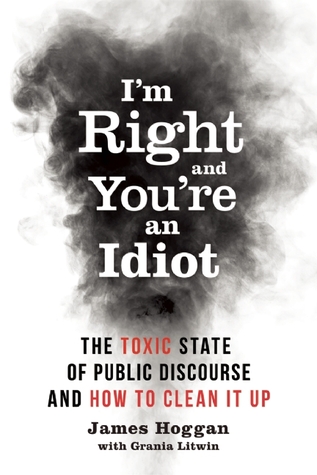
A common definition of community is a group of people with diverse characteristics who are linked by social and economic ties, share common values and perspectives, and engage in joint action in a geographical location or setting. The critical part of this definition is “engage in joint action.” In other words, if there is no engagement for joint action, there is no community.
James Hoggan in his book, I’m Right and You’re and Idiot: The Toxic State of Public Discourse and How to Clean it Up sets out why we, the public, are feeling that our liberty, livelihood and right to fair treatment are threatened by the toxic nature of our engagement – or lack thereof – with elected officials. And nowhere is it more palpable than with local governments, where there is a growing loss of all that we consider community – symbolized by hollowed out main streets where the utility of plywood has replaced the value of vibrant shop windows.
How many members, of how many communities, believe that the lack of public engagement is the primary reason the fabric of their community is unraveling? In most communities the answer is a resounding, “yes.” And when elected officials discourage engagement rather than foster it, the writing is on the wall – actually, it’s graffiti on the boarded up stores fronts and rundown warehouses.
“Politics is the art of preventing people from taking part in affairs that properly concern them.” – Paul Valery (1943).
Change is never imposed, it evolves and grows from the grassroots, from ideas generated in the open, in the light of day, not in the darkness of secret meetings and dense consultants’ reports. It starts by connecting people in the quest for collective solutions. Research shows that the vast majority of citizens want to participate, want to contribute – and will – but they need to be invited, and welcomed into an open and trusting environment. Unfortunately, in today’s politics, the myopic thinking of politicians is that the public should remain silent – disengaged – because they add little to no value. Consequently, the politicians and their staff create an uninviting atmosphere that, to paraphrase James Hoggan, communicates an attitude that, ‘we know best, we’re right, and you’re all idiots.’
Hoggan (chair of the David Suzuki Foundation) posits that the biggest problem we have today is not environmental pollution, but pollution of the public square, where “adversarial rhetoric, propaganda and polarization stifles discussion and debate.” He talks about:
- How trust is undermined and misinformation thrives in today’s public dialogue
- Why facts alone fail — the manipulation of language and the silencing of dissent
- And the importance of reframing our arguments with empathy and values to create compelling narratives and spur action
This book should be must-reading for every elected official. And for every citizen who intends to foster better engagement in the community.
“How are they welded into one people? By community interests. That is the secret!”– Alexis de Tocqueville, Democracy In America (1835)
Cobourg Ontario – proving the point

Cobourg Town Hall
Last week, “engaging in joint action” was front and centre in the town of Cobourg, Ontario (pop. 19,000)
Like so many small municipalities, the elected officials work for peanuts – which is okay if the elephants in the room are under qualified, or worse, incompetent – but peanuts can also reflect the old maxim, ‘you get what you pay for.’ Recently, Cobourg Council struck an ad hoc committee to review council members’ remuneration, and a modest increase was recommended. What happened next was a powerful endorsement of the value of “engaged joint action” by citizens.
On Monday, May 14, 2018, Paul Pagneulo, a director of the Cobourg Taxpayers’ Association (CTA), made a presentation to Council that was exactly what is required to achieve Hoggan’s goal of “cleaning up toxic public discourse.” Pagneulo made a well developed, professional proposal that was titled, “Time For Fair Pay.” He not only recommended increases for all, he also narrowed the disparity between the mayor’s income and the lower paid deputy mayor and councilors. His recommended remuneration was significantly higher than the ad hoc committee’s submission – based on the fundamental principle that you get what you pay for. How refreshing. Smart. And the embodiment of leadership – of the people, by the people, for the people.
Here’s the rub
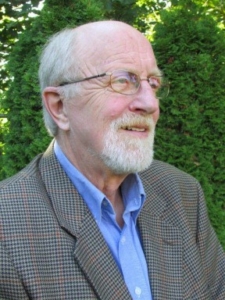
Paul Pagnuelo
Initially the council ignored Pagnuelo’s recommendations, referring the issue to the next council (after municipal election in October 2018) and allowing a year for further deliberation. That’s abdication of leadership.
To ignore (passing the buck is the same thing by another name) such excellent work by a citizens’ group, is at the core of Hoggan’s premise that government officials’ wrongly assume citizens are subjective (narrow interests – NIMBY), whereas they, the so-called experts, are objective. Hoggan states that nothing could be further from the truth (i.e., Pagnuelo has a forty-year career in banking). Apparently, after a councillor, Debra McCarthy, pushed for some action on Pagnuelo’s recommendations, an amendment was passed to immediately provide an increase of 25%. Although only a partial victory, it’s a resounding affirmation of the value of public engagement?
One of the principles of public engagement is that there are many more qualified residents in a community than just the elected officials, staff, consultants and volunteer committees, all offering a much greater breadth and depth of expertise. So why not tap into this reservoir?
University of Oregon psychologist Dr. Paul Slovic, who has studied why many, so-called experts ignore public input, states that “they perceive the public as too emotional … and as laypeople not getting the facts right and not understanding the evidence; therefore, not properly evaluating risk.” Slovic rejects this. “Laypeople sometimes [might] lack certain information about hazards; however, their basic conceptualization of risk is much richer than that of experts and reflects legitimate concerns that are typically omitted from expert risk assessments.” He adds, “The concept of risk is a blend of values, biases and ideology,” and if the rich pool of citizens’ values is not tapped into, the risk is significantly increased. That’s why people like Paul Pagnuelo – and many other citizens – should never be relegated to making a presentation that is simply accepted “for information purposes.” He didn’t just provide information, he delivered well-researched, well-developed recommendations based on inherent values in our society, fundamental business principles, extensive financial experience, and well-founded local circumstances. He took into consideration ‘what is’ and raised it to ‘what ought to be,” offering insights and value that can enhance the community’s future.
The added-value is obvious, the questions is: Why do elected officials and senior staff not see it, not want it and not engage this untapped resource in a way that is better for the whole community?
Village idiots and the fear factor
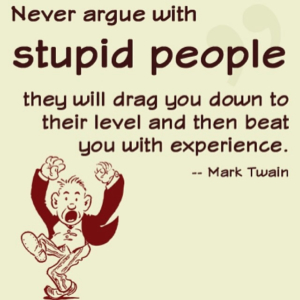 There are a number of reasons for the disengagement and prime among them is the barrier between the attitude of “I’m right” and “you’re an idiot,” which is rooted in fear. A fear that drives people – on either side – to act like “village idiots” when they do not understand what the others fear. They don’t act like idiots because they’re stupid, but because they’re afraid and have no empathy for the fear in people on the “other side.” They’re afraid of a conversation, debate, disagreement and being questioned.
There are a number of reasons for the disengagement and prime among them is the barrier between the attitude of “I’m right” and “you’re an idiot,” which is rooted in fear. A fear that drives people – on either side – to act like “village idiots” when they do not understand what the others fear. They don’t act like idiots because they’re stupid, but because they’re afraid and have no empathy for the fear in people on the “other side.” They’re afraid of a conversation, debate, disagreement and being questioned.
Paul Slovic calls it the “dread factor” – a prime reaction to risk (see Chapter 18). This feeling of dread is anchored in insecurity and a lack of empathy. And without empathy, it manifests in mistrust, which, in turn, creates tin-ears and a toxic discourse that drags understanding to the lowest level. “And never the twain shall meet.”
What’s everyone afraid of?
Elected officials fear being wrong, or seen to be wrong. As Hoggan states, “most of us consider ourselves to be reasonable and ethical, so when it’s suggested that we are behaving unreasonably or unethically our self-image is threatened.” When a politician’s “public face” is attached to public decisions, it’s more difficult to admit mistakes; therefore, self-justification becomes a safety net and public dialogue becomes mired in unyielding one-sided debates. Or no debate, and no questions. Just gridlock. And yet, it’s natural to make mistakes when dealing with stacks of information, in a myriad of complex situations, and competent people know their own limitations and are okay with making mistakes. It’s to be expected. And accepted. Unless they’re afraid.
Decisions, beliefs and positions should not be held so firmly that a person fears being challenged … and changing. If new information and insight comes to light (i.e., Pagnuelo), then beliefs should shift toward better solutions – without ever feeling like an “idiot” or needing to defend previous thinking. If it’s better for the community, then it’s the right thing to do. The mistake is in not doing it.
Of course, politicians feel their re-election depends on an evaluation of their policies and actions, but the most important metric is an evaluation of their character and the level of trust placed in them by the public. Trust is the linchpin between public servants and the public. Ironically, admitting mistakes builds trust, never admitting them diminishes it.
“Show me someone who is not making mistakes and I’ll show you someone who isn’t doing anything.”
On the other hand, citizens fear not being able to influence decisions or control events that matter to them. Between elections they feel shut out of deliberations and unable to affect decision-making that could have long-term consequences for the well-being of their families. They don’t trust politicians who think that election results are a four-year mandate that only require sporadic public engagement. This political attitude exemplifies a misunderstanding of the very basics of human nature, and how to connect with the public.
Principle-based leadership
Transparency, openness and accountability are principles, not simply policies of public notices, meetings and once-in-awhile town halls. A politician either believes in, and welcomes, public engagement, or doesn’t. If not, it soon becomes self-evident. Even when engagement is done, if results are incomplete, unsatisfactory or counterproductive, it’s still a good outcome. Hoggan states that doing it “collectively” is far more important than doing it efficiently. A case in point has been the Cobourg Waterfront Study, which the mayor claimed was the most extensive public engagement ever done. Except the residents believed that some of the outcomes, particularly the “weighting” of the value of public contribution (15%), were underrated by the consultants, and they want it reconsidered. This goes to Paul Slovic’s point of over weighting the detached “objectiveness of experts” versus the inherent “values of residents” (see Chapter 18).
The lack of public engagement perpetuates fear and mistrust, eventually ending in citizens withdrawing from the public square, which leaves the political leaders operating from a base of fear that is detrimental to the community. It generates resignation and apathy, which is a lose-lose for everyone.
Prerequisite – read the book
To qualify as a competent public servant, a person needs to learn and practice what James Hoggan sets out in his book. It begins by adopting the principle that understanding the other person’s values is what matters, not remaining stuck in your own. Both sides – public servants and the public – can only connect through values and must speak from a principled, moral and ethical place, not simply from a platform of policies, facts and empirical evidence. “The goal of public discourse,” says Hoggan, “should be to encourage public participation and expose the truth, not to discourage opposition or crush those who disagree with it.”
It’s about leaders – from many walks of life – building a better community, not just a small bunch of administrators running a town.
Think about it … and read the book.*

Mayor Brocanier
*Based on observations of Cobourg’s Mayor, Gil Brocanier, and his “I’m right …” style of public engagement, it’s recommended that he read this book. Perhaps someone will send him a copy – it could be well worth the $17.00 investment. If he receives more than one copy, he can share.

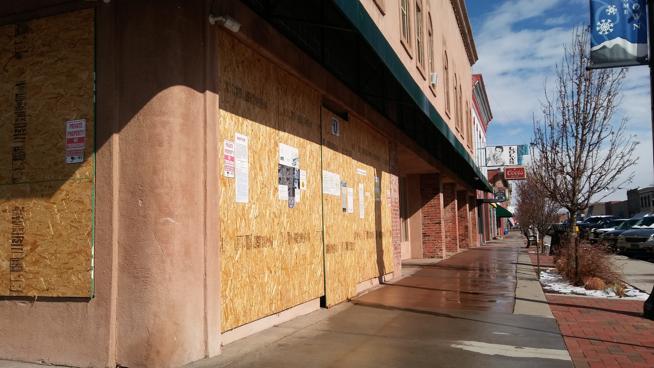
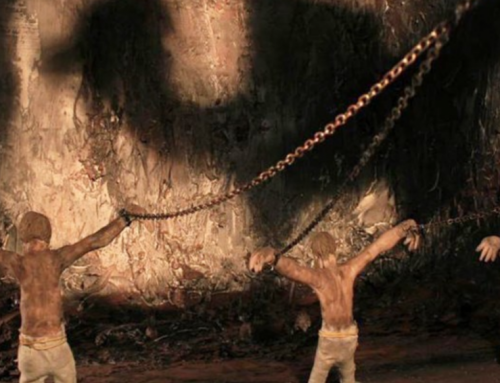

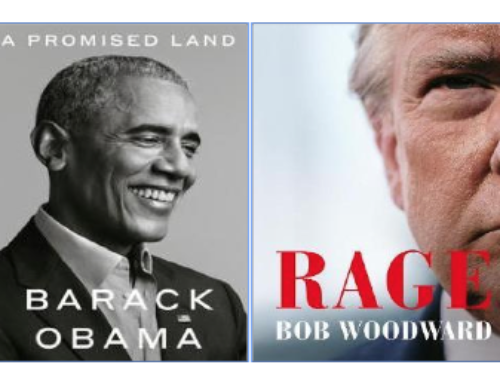

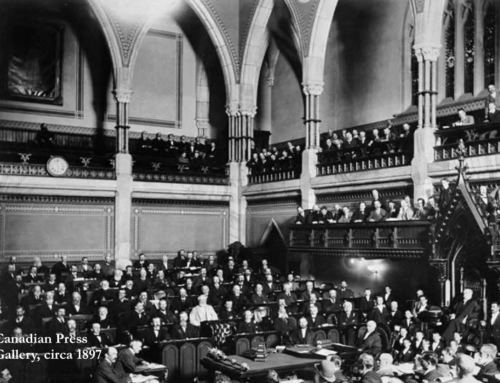
Leave A Comment